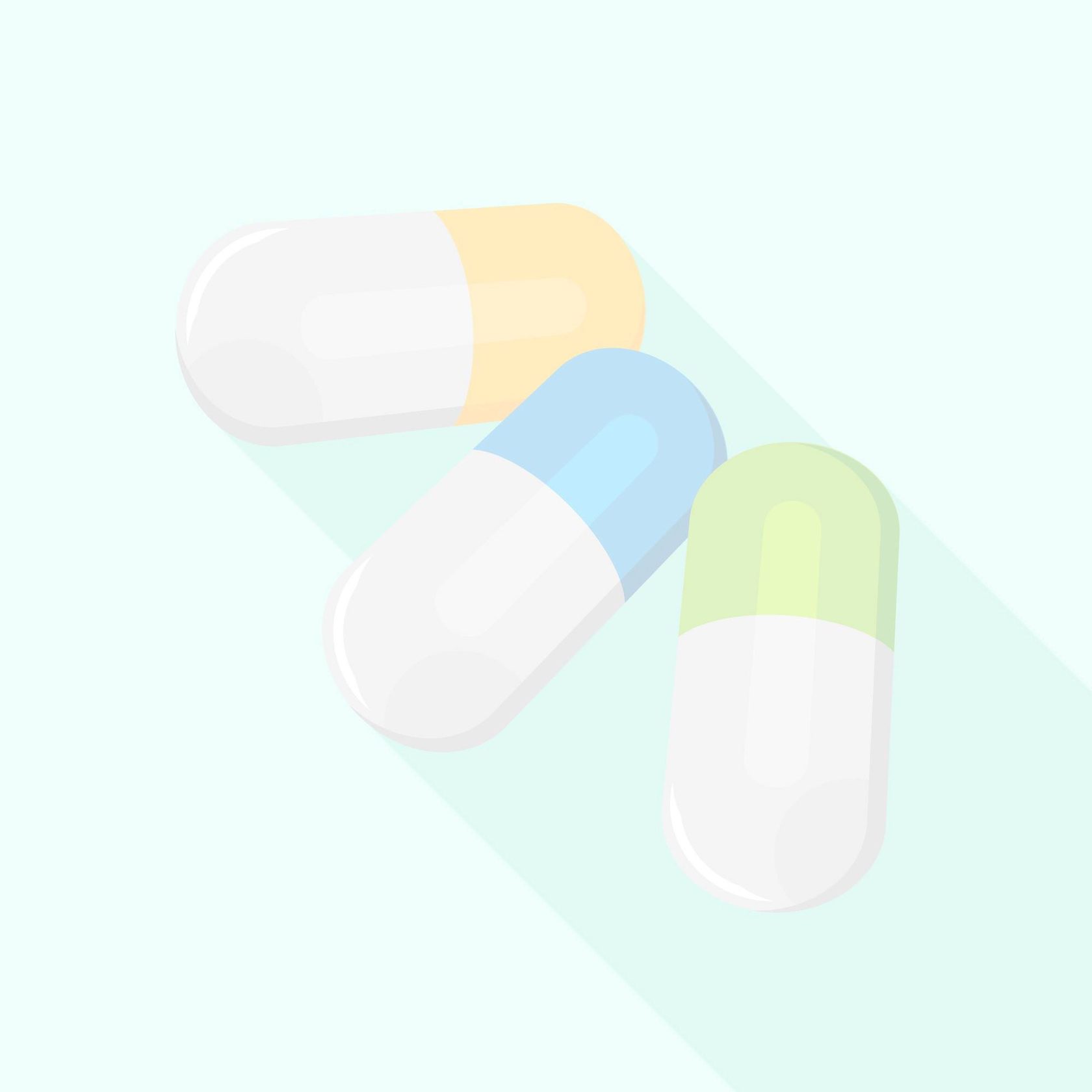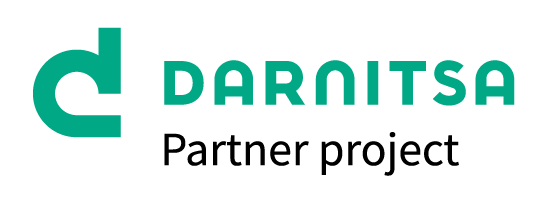Secrets of drugs
How to identify the authentic drug by its packaging:
7 visual differences
7 visual differences
Drugs are not cheap. This fact is used by speculators who falsify drugs by copying the name and packaging of the original.
As a result, patients receive analgesics that do not relieve pain, spasmolytics that do not relieve spasms, or pseudovitamins, which consist of flour and flavorings. All this can be avoided if you know how to read the packaging of a drug.
LIGA.net developed an instruction on how to read the packaging of drugs and what you should pay attention to first.
As a result, patients receive analgesics that do not relieve pain, spasmolytics that do not relieve spasms, or pseudovitamins, which consist of flour and flavorings. All this can be avoided if you know how to read the packaging of a drug.
LIGA.net developed an instruction on how to read the packaging of drugs and what you should pay attention to first.
If drugs you take do not work, although they used to help, then one of the possible reasons of this is that it's fake. WHO notes that falsified medicinal products are found among all the drugs of the main therapeutic categories. Both generics and branded products can be falsified. Those can be either very expensive cancer drugs or regular painkillers.
Design of the packaging is developed in accordance with special regulations of the Ministry of Health. They specify details and their quantity the packaging should include.
The primary packaging is a blister, containing tablets; secondary packaging is a box into which a blister and an instruction leaflet are put.
If there is no secondary packaging, the manufacturer puts instructions into a large box with blisters so that the pharmacist in the pharmacy could give the customer an instruction for use along with the drug in the blister.
The primary packaging is a blister, containing tablets; secondary packaging is a box into which a blister and an instruction leaflet are put.
If there is no secondary packaging, the manufacturer puts instructions into a large box with blisters so that the pharmacist in the pharmacy could give the customer an instruction for use along with the drug in the blister.
What can the packaging tell you?

1. The name of the drug and the active substance
The packaging of the drug contains an international nonproprietary name. It is a unique name of the active substance, recommended by the World Health Organization. Normally, it is put under the main name of the drug on the package.



2. What's in the package
Dosage form (tablets, capsules, suspension, syrup, etc.) should be indicated on the packaging. Also, the manufacturer must indicate the content of the active substance in one unit of the drug.
For example, 1 tablet (dose, ml) contains 10 ml of the active substance. The manufacturer also indicates excipients contained in the drug.
For example, 1 tablet (dose, ml) contains 10 ml of the active substance. The manufacturer also indicates excipients contained in the drug.

3. What is treated
Taking a look at the packaging, the patient must immediately understand which organ and which disease the drug treats. An optional hint from the manufacturer will help with this: a picture of a body part for which this drug is intended. Or an indication of the intended purpose of the drug.



4. How to take the medicine
The method, and if necessary, the route of administration of the drug is another packaging element that will help to use the drug for its intended purpose and not to harm the body.

5. Beware children playing!
Information on whether the drug should be kept out of reach of children and, if necessary, out of their sight, is a mandatory packaging element. An important point: the package also contains information about the group the drug belongs to: is it an over-the-counter or a prescription only drug.



6. Shelf life and storage rules
This packaging element allows the consumer to check whether the manufacturing and expiration dates indicated on the outer packaging are the same as the dates indicated on the primary blister packaging. Storage conditions with an indication of humidity and temperature also must be indicated on the packaging.

7. Manufacturer and manufacturing site
The name of the manufacturer with its full address, the number of the marketing authorization (starting with the letters UA), the number and batch number of the drug are always indicated on the packaging. Also, the packaging contains a bar code by which it is easy to check the country of origin.

IMPORTANT: Check the data on the packaging carefully, they may be false. For example, manufacturers of falsified products sometimes indicate a non-existent address of marketing authorization, or an incorrect registration certificate number.
Thus, an attentive patient will be able to identify a poor-quality drug and notify thereof the regulatory authorities and the manufacturer themselves.
Usually, after verification and upon the conclusion of the State Service on Medicinal Products and Drugs, a batch of drugs with labelling violations is withdrawn.
Thus, an attentive patient will be able to identify a poor-quality drug and notify thereof the regulatory authorities and the manufacturer themselves.
Usually, after verification and upon the conclusion of the State Service on Medicinal Products and Drugs, a batch of drugs with labelling violations is withdrawn.

EXAMPLE OF THE CORRECT LABELLING OF DRUGS
(ACCORDING TO THE MOH REGULATIONS)
(ACCORDING TO THE MOH REGULATIONS)
When designing the secondary packaging, we pay particular attention to details. The packaging contains required fields as well as can transmit a special message to the consumer in the case of an over-the-counter drug, making the process of drug selection quick and convenient. With the help of signs, diagrams, short messages and images, the packaging can tell about the form of the drug, its affiliation to a specific therapeutic group, its effects and distinctive features. With such tips, the customer can easily choose the necessary drugs.
According to our studies conducted with the participation of more than 4000 respondents: patients, doctors and pharmacists in different countries, four factors are important in the design of a drug packaging: basic information about the drug (dosage, dosage form, condition to be treated), noticeable and understandable information about manufacturer, ease of use (easy to identify the packaging among others, convenient to store), friendly optimistic appearance.
How will the labelling change
Starting this autumn, the drug packaging requirements may change. The start of a pilot project was announced for September. Several companies and drugs from the Affordable Medicines Program will join it. In order for this scheme to work fully, the regulator needs to do a lot of work (it took almost 10 years in EU), first of all, to create a legal framework.
If the pilot initiative happens to be successful, manufacturers will need to integrate special codes into the packaging design, by scanning which patients will be able to independently verify the drugs using a mobile application. The Ministry of Economic Development and Trade is engaged in its development.
A special 2D code will be printed on the drug packaging. It will be applied during manufacturing at the plant, and the data will be entered into a single governmental system for drugs circulation monitoring.
After scanning, information about the drugs will appear on the screen. Particularly, you will know whether the drug is falsified, expired or imported into the country in violation.
In addition, coding will allow to track the entire supply chain of drugs, from manufacturing or importing to sale at a pharmacy. It will also help to respond timely to violations. All transactions will be included in a single database, including a batch of drugs and a manufacturing date.
If the pilot initiative happens to be successful, manufacturers will need to integrate special codes into the packaging design, by scanning which patients will be able to independently verify the drugs using a mobile application. The Ministry of Economic Development and Trade is engaged in its development.
A special 2D code will be printed on the drug packaging. It will be applied during manufacturing at the plant, and the data will be entered into a single governmental system for drugs circulation monitoring.
After scanning, information about the drugs will appear on the screen. Particularly, you will know whether the drug is falsified, expired or imported into the country in violation.
In addition, coding will allow to track the entire supply chain of drugs, from manufacturing or importing to sale at a pharmacy. It will also help to respond timely to violations. All transactions will be included in a single database, including a batch of drugs and a manufacturing date.


Текст: Мария Бровинская
Фото: unsplash.com, depositphotos
© 2019 Все права защищены. Информационное агентство ЛІГАБізнесІнформ
Фото: unsplash.com, depositphotos
© 2019 Все права защищены. Информационное агентство ЛІГАБізнесІнформ


